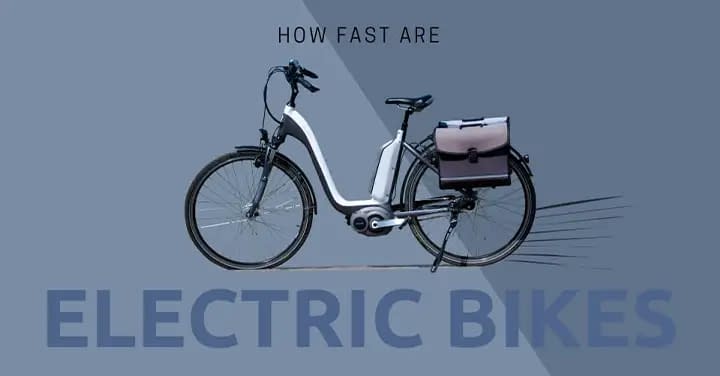Electric bikes are becoming a major transportation option because they’re both fast and eco-friendly. Their quiet motors show how technology is making cycling a more appealing way to get around. A common question about how fast can an electric bike go? The answer depends on factors like bike type, terrain, and rider weight. This article explores the speed capabilities of electric bikes.
Maximum Speed of Electric Bikes
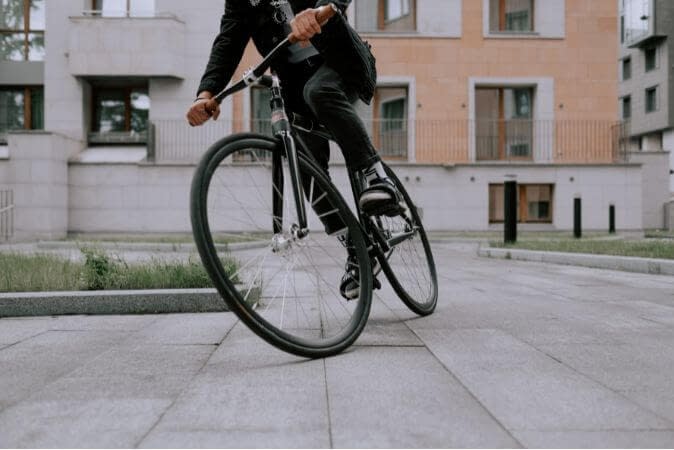
The maximum speed of electric bikes can vary depending on the type of bike and its motor. On average, most electric bikes can reach speeds of up to 20 mph, but some high-performance models can go even faster.
Class 1 and 2 e-bikes can reach a top speed of 20 mph and offer a balanced mix of speed and control. On the other hand, class 3 e-bikes can achieve speeds up to 28 mph.
Factors Influencing the Speed of Electric Bicycles
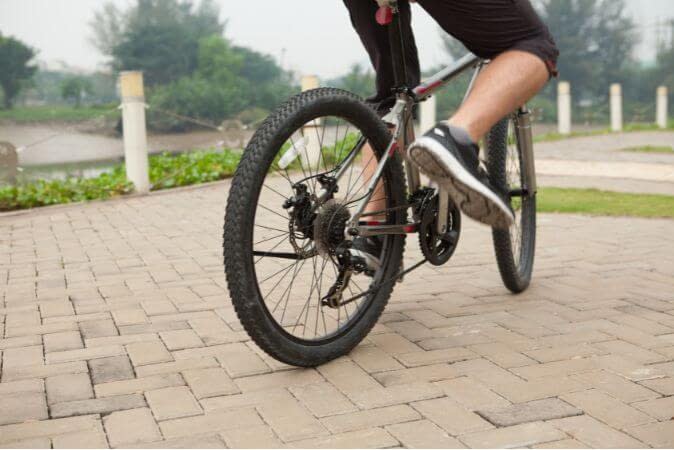
There are some factors that affect the speed of an electric bike. One significant factor is the power of the motor, as motors with higher wattage can generate more speed and acceleration.
Another crucial aspect is the battery capacity, as a larger battery can provide more energy for sustained high speeds. The speed of an electric bike is affected by the rider’s weight, as lighter riders can achieve faster speeds compared to heavier individuals due to reduced strain on the motor.
Different types of terrain can impact an electric bike’s speed. Smooth, flat surfaces allow for faster speeds compared to hilly or rough terrains that require more effort from the motor. Wind resistance is another important factor affecting e-bike speed, as riding against strong headwinds can significantly reduce overall speed. By considering these various factors, riders can optimize their electric bike’s performance and enjoy a smoother and faster ride experience.
Tips for Maximizing the Speed of Your Electric Bike
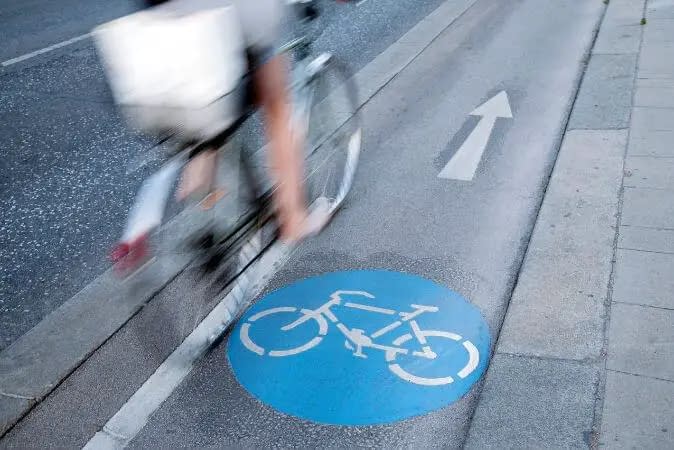
How Fast Can an Electric Bike Go? The answer isn’t a simple number, but there are ways to maximize your e-bike’s speed potential. One way is by ensuring your tires are properly inflated. Low tire pressure can create more resistance, leading to slower speeds and reduced efficiency. Keeping your tires at the recommended PSI level will help you maintain optimal performance.
Another tip is to regularly clean and lubricate your bike chain. A well-maintained chain reduces friction, allowing for smoother pedaling and faster speeds. Use a high-quality lubricant and clean off any excess dirt or grime to keep your chain running smoothly.
For enhanced power and speed, consider upgrading to a higher-capacity battery. A larger battery extends your riding range without frequent recharges, improving your electric bike’s overall performance. Investing in a robust battery can elevate your riding experience and boost your top-speed capabilities.
Benefits of High-Speed Electric Bikes

High-speed electric bicycles offer various advantages that make them appealing for daily commuting and leisurely rides.
Reduced Commute Time: These bicycles have the capability to travel longer distances in a shorter amount of time, making them a practical alternative to cars in urban environments. This can also lead to less traffic congestion and improved air quality.
Enhanced Range: High-speed e-bikes often come with larger batteries. This can translate to increased range, allowing for longer journeys and more versatility in planned routes.
Regulations on Electric Bike Speed?

Many countries have regulations on electric bike speed to ensure safety on roads. In the United States, electric bikes usually have a speed limit of 20 mph while being operated, as classified by federal law. However, some states have specific laws and restrictions on electric bike speed limits.
In Europe, regulations vary widely among countries, with some allowing higher speeds for electric bikes than others. For example, the top speed limit in Germany is 15.5 mph (25 km/h). These regulations are designed to harmonize the advantages of electric bikes with pedestrian and traffic safety considerations.
The changing regulations around electric bike speed emphasize the importance of clear guidelines that balance innovation with safety. With technological progress and increasing favor of electric biking as an eco-friendly transportation option, policymakers must adjust regulations to harmonize traditional bicycles with emerging e-bike technologies for a seamless coexistence.
Safety Considerations for Riding at High Speeds on an Electric Bike
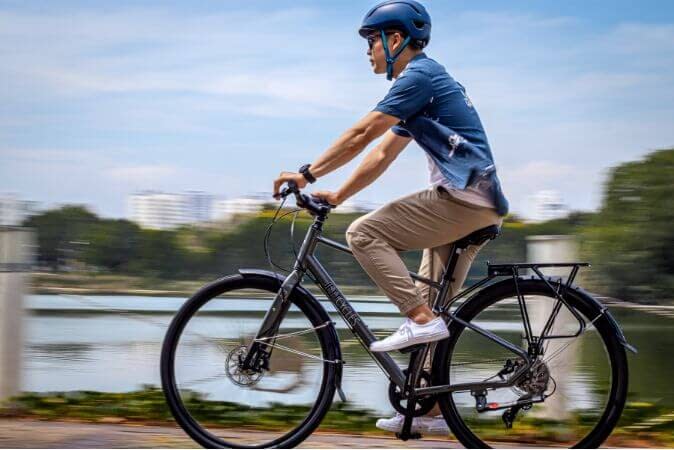
Riding a bicycle at high speeds comes with its own set of risks. Ensure safety by always wearing a helmet and exploring extra protective gear options such as gloves, knee and elbow pads, and padded clothing to minimize injuries in the event of a fall.
High-speed e-bikes often require a greater level of control and a different riding style than regular bicycles. It is important to familiarize yourself with the bike’s features and controls before riding at high speeds.
Lastly, always follow traffic laws and be considerate of other road users. With the right precautions, you can enjoy the speed and efficiency of an electric bike while staying safe.
Conclusion
Electric bikes are not just a faster way to get from A to B; they represent a sustainable, healthy, and exciting mode of transportation.
It is crucial to check the local laws and regulations concerning electric bikes to ensure you are riding within the legal limits. By understanding the reasons that affect speed and the responsibilities that come with it, riders can harness the full potential of their e-bikes while contributing positively to the cycling community at large.
FAQ
how fast do electric bikes go without pedaling?
Electric bikes can typically reach speeds between 20 to 28 mph without pedaling.
How far can an electric bike go on one charge?
The range an electric bike can travel on a single charge is influenced by factors such as battery capacity, terrain, rider weight, and assist level. Generally, it can vary from 20 to 80 miles.
Can I modify my electric bike to go faster?
It is not recommended to modify your electric bike to exceed its designed speed limitations as it may compromise safety and legality.
Do electric bikes have any speed restrictions?
Yes, many countries have regulations that limit the maximum speed of electric bikes to ensure safety on the road.
Do I need a license to ride a high-speed electric bike?
In some regions, you may be required to have a special license or permit to operate high-speed electric bikes on public roads.
Is riding an electric bike at its maximum speed safe?
Riding at maximum speed on an electric bike should be done with caution and consideration for road conditions and other users.
